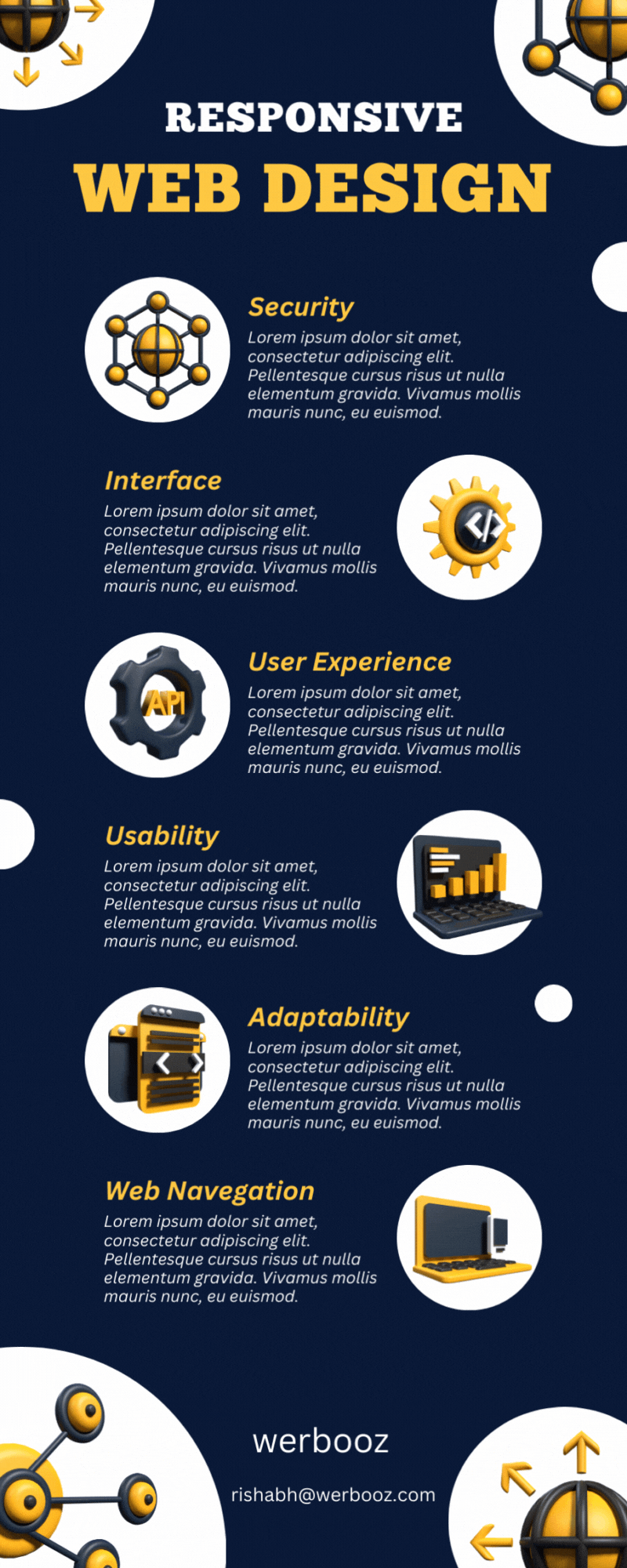HOME | DD
 werbooz — Timeline Design Process
[🤖]
werbooz — Timeline Design Process
[🤖]

#mobile #app #custom #design #web #webdevelopment
Published: 2023-09-15 12:06:57 +0000 UTC; Views: 154; Favourites: 0; Downloads: 0
Redirect to original
Description
Unveiling the Design ProcessBefore we embark on the journey through the design process, let's gain a clear understanding of what it entails.
Defining the Design ProcessThe design process is a systematic approach to problem-solving and innovation that encompasses ideation, creation, and iteration. It leverages creativity, user-centric thinking, and collaboration to generate effective solutions.
The Versatility of DesignDesign isn't limited to aesthetics; it's a multifaceted discipline that influences everything from product functionality and user experiences to architectural structures and branding.
Navigating the Stages of DesignNow, let's explore the fundamental stages that comprise the design process.
1. Research and DiscoveryThe journey begins with thorough research. Designers immerse themselves in the problem space, gaining insights into user needs, market trends, and existing solutions.
2. Ideation and BrainstormingCreativity takes center stage as teams brainstorm ideas, explore possibilities, and generate concepts. This stage encourages thinking outside the box.
3. Concept DevelopmentFrom the multitude of ideas, select promising concepts. Develop these concepts further, sketching, prototyping, or creating wireframes to visualize potential solutions.
4. Design and DevelopmentThis is where the design starts to take shape. Whether it's graphic design, product engineering, or architectural planning, this stage involves detailed development.
5. Testing and EvaluationBefore a design becomes final, rigorous testing and evaluation are essential. Usability testing, user feedback, and quality assurance are integral components.
6. Refinement and IterationBased on feedback and insights gathered during testing, refine and iterate on the design. This stage is iterative, allowing for continuous improvement.
7. Implementation and LaunchOnce the design is perfected, it's time for implementation. In product development, this means manufacturing; in digital design, it's the website or app launch.
The Role of Design ThinkingDesign thinking, a human-centered approach, plays a pivotal role in the design process.
Empathy and User-CentricityDesign thinking places users at the center of the process. Empathizing with their needs and experiences drives innovation that truly meets their requirements.
Creativity and InnovationDesign thinking encourages creativity and out-of-the-box thinking, leading to innovative solutions that address complex challenges.
ConclusionIn conclusion, the design process is the backbone of innovation across various fields. It's a journey that transforms abstract ideas into practical and user-centric solutions. By following a systematic approach and incorporating design thinking principles, organizations can drive creativity, solve problems, and stay competitive in an ever-evolving world.













